Air quality and pollution has become a major problem around the world but especially in Western United States. Many states including California, Oregon, Nevada, Utah, and Colorado suffer from high levels of smog due to poor air quality but even worse during wildfires. This can create dangerous conditions where breathing becomes hazardous from smoke particles entering your home.
Wildfires are a natural part of the ecosystem, but when they occur in populated areas and cause health problems for people living nearby, it’s time to take action! This lesson will help you understand how wildfires affect our environment and what we can do about them. Firefighters work hard every year to keep communities safe from dangerous wildfires. But while firefighters battle flames on the ground, another group of professionals works above the clouds – weather forecasters who predict where and when these blazes might start. They use computer models that simulate wildfire behavior based on factors like temperature, humidity, wind speed, and other conditions. Current air quality maps can provide current conditions in your state.
Recommended Air Purifiers for Wildfire Smoke in 2021
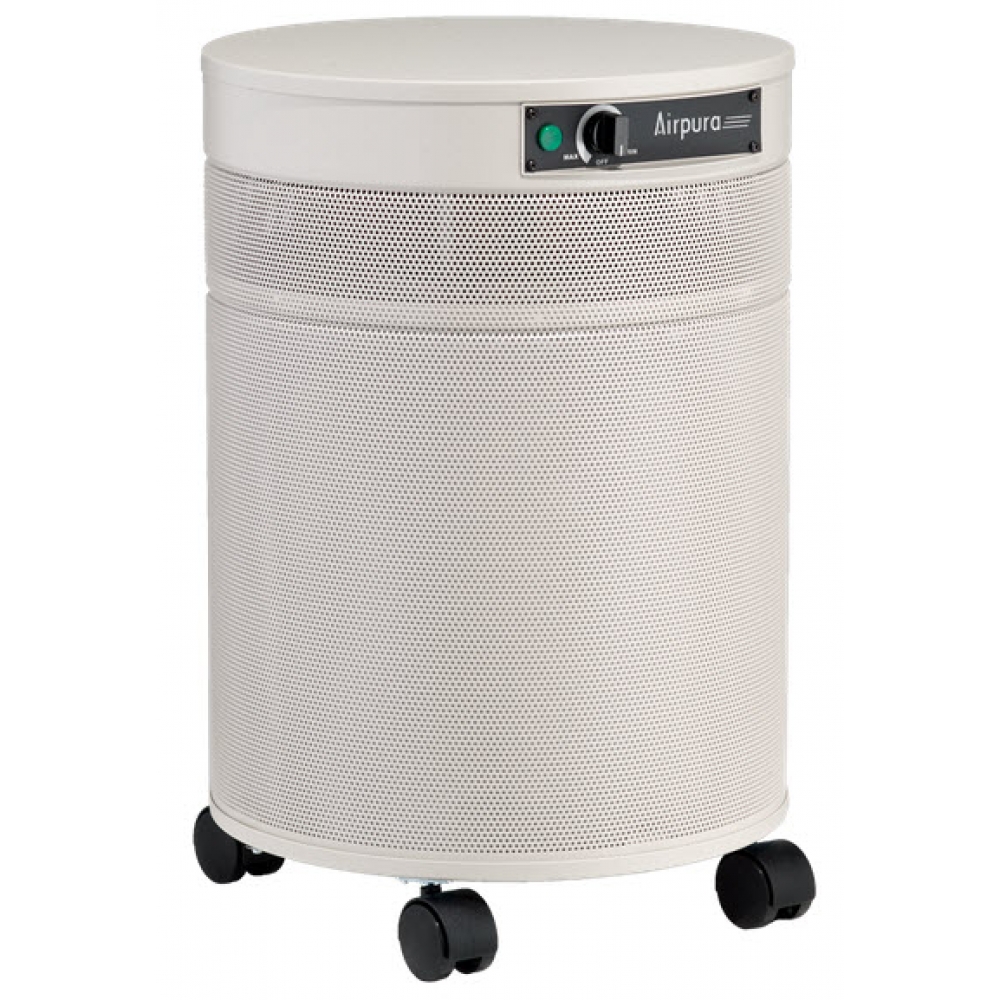 |
Airpura V600 V614 VOCs and Specific Chemicals – AirPura V600 is an Excellent Air Purifier focusing of removing chemicals (VOCs) and particulate matter. Enhanced special blend carbon adsorbs VOCs and specific chemicals together with true HEPA for particles. Superior air flow and dwell time with the largest CFM in a portable unit. Coverage up to 2000 sq. ft. depending on model and speed. |
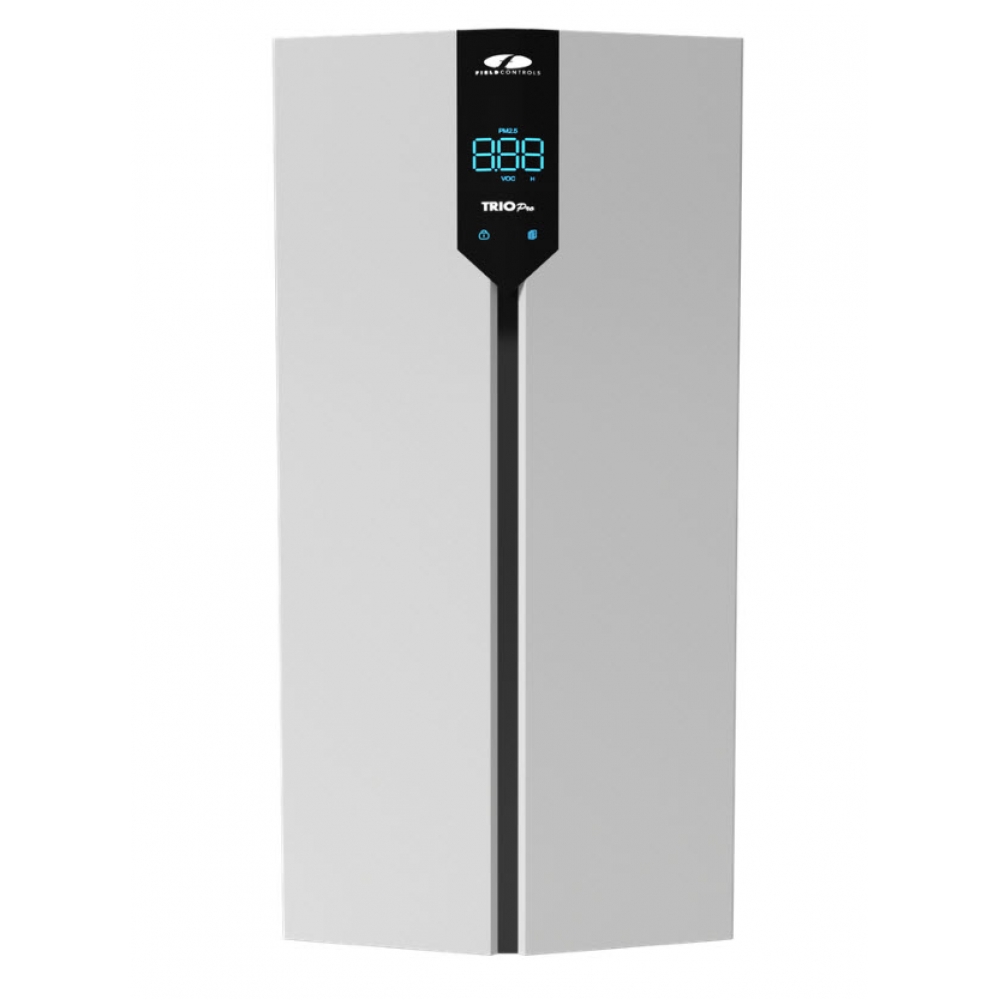 |
Field Controls TRIO Pro HEPA Air Portable – The Field Controls TRIO Pro HEPA air purifier is a powerful portable air purification and filtration system. Coverage 1,618 with an 8 ft ceiling offering 3 air changes an hour. Quiet and efficient, the TRIO Pro, boasts a remarkable Clean Air Delivery Rate (CADR) of 562 and an airflow of 659 CFM. |
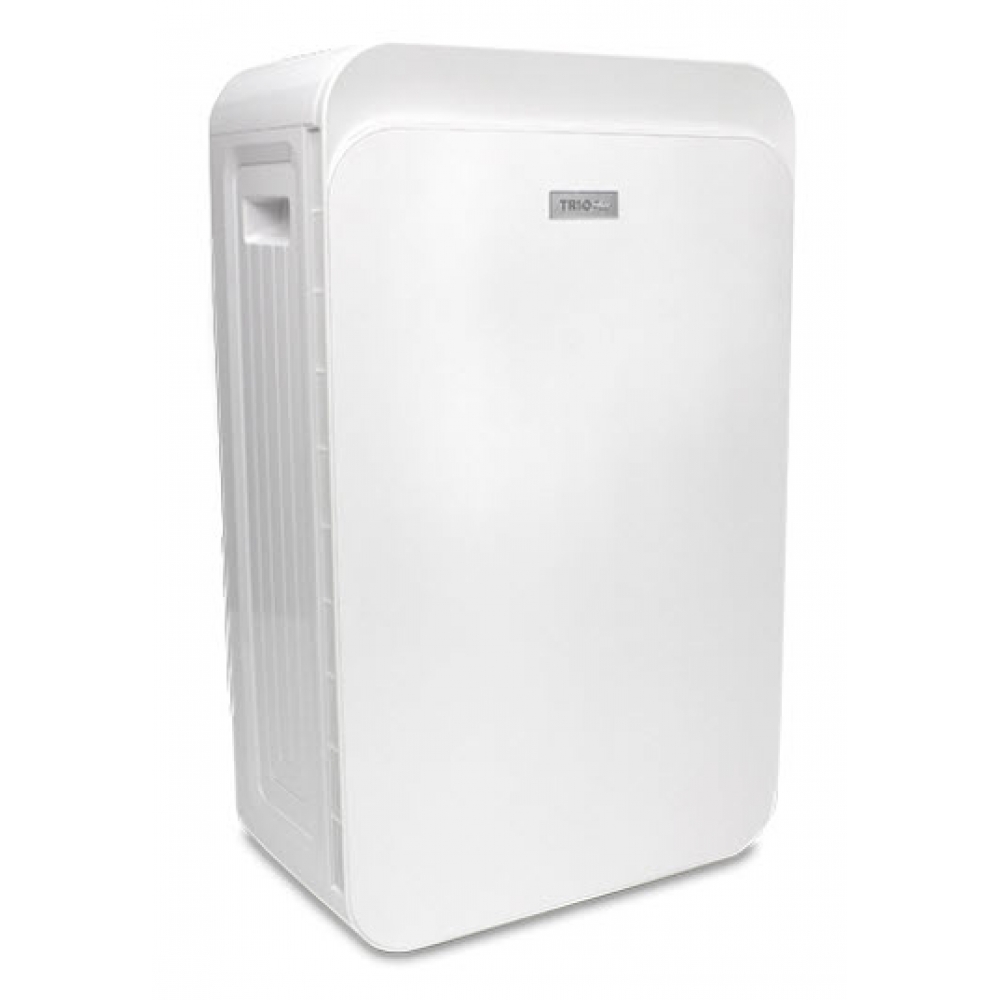 |
Field Controls TRIO Plus HEPA Air Portable – The Field Controls TRIO Plus HEPA air purifier is a powerful portable air purification and filtration system. Coverage 1100 sq ft with an 8 ft ceiling offering 3 air changes an hour. Quiet and efficient, the TRIO Plus, boasts a remarkable Clean Air Delivery Rate (CADR) of 295, delivered CFM of 305 CFM, and an airflow of 440 CFM. |
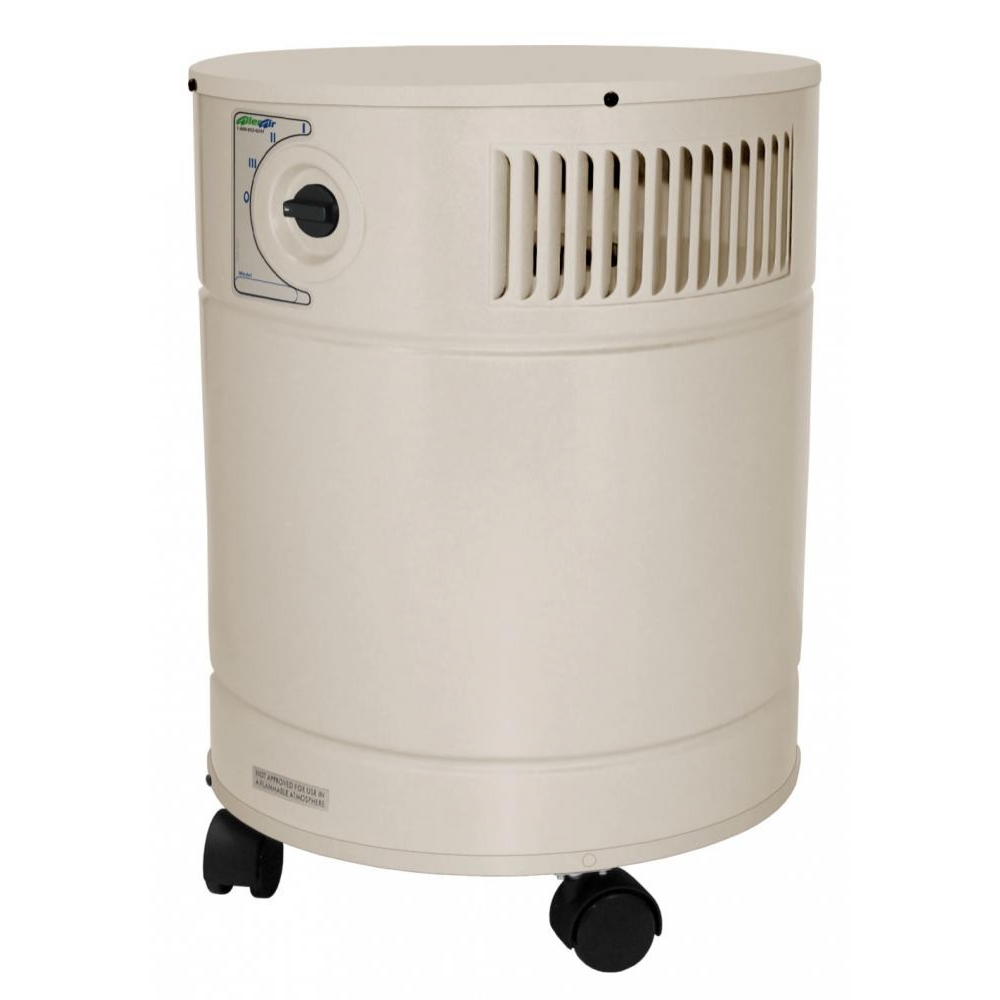 |
AllerAir AirMedic Pro 6 HDS UV and UltraS UV Air Purifier – AirMedic Pro 6 Smoke UV series including AirMedic Pro 6 HDS UV and AirMedic Pro 6 UltraS UV filters up to 2000 sq ft. and is designed specifically for tobacco smoke concerns. The added UV light gives you extra protection from viruses and bacteria. |
 |
AllerAir AirMedic Pro 6 HDS UV and UltraS UV Air Purifier – AirMedic Pro 6 Smoke UV series including AirMedic Pro 6 HDS UV and AirMedic Pro 6 UltraS UV filters up to 2000 sq ft. and is designed specifically for tobacco smoke concerns. The added UV light gives you extra protection from viruses and bacteria. |
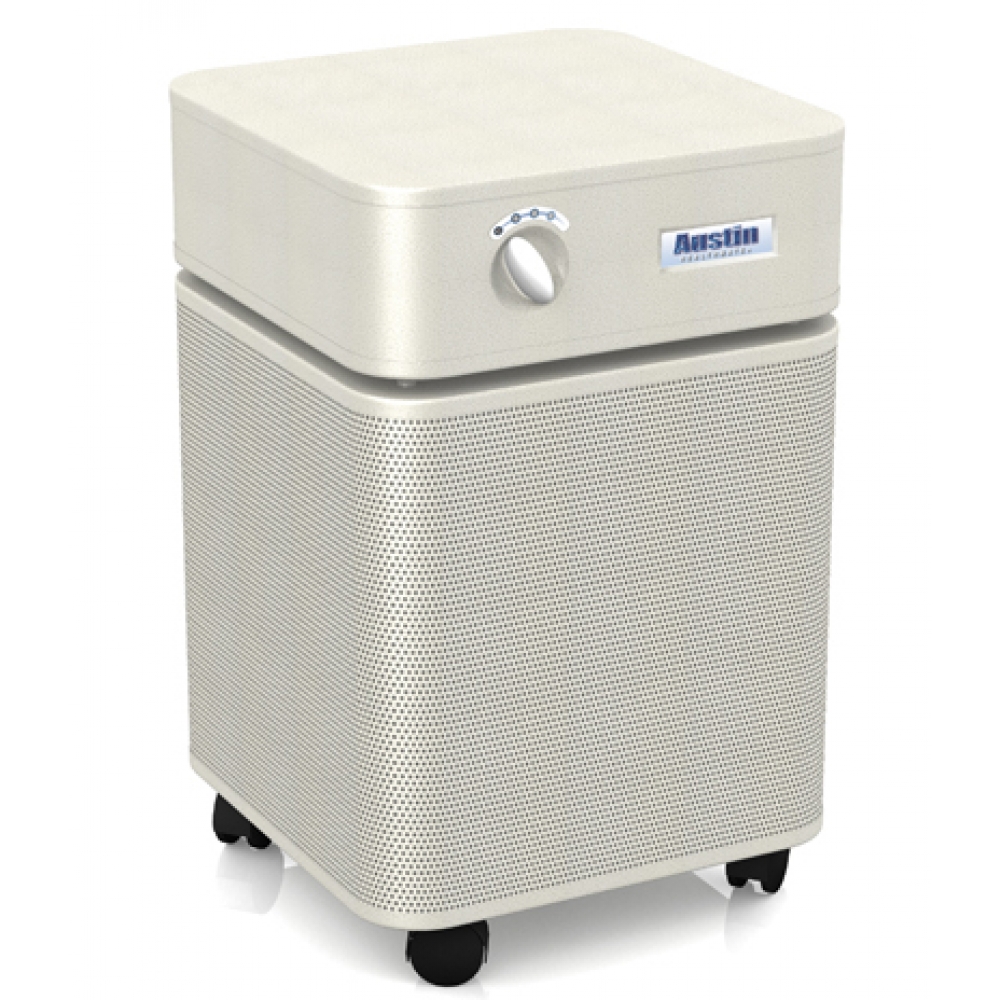 |
Austin Air HealthMate Plus HEPA & Carbon Filter Air Purifiers – Coverage for 1500 sqft. HealthMate Plus HM450 by Austin Air is ideal as a residential air purifier or office air purifier. Focus on chemical issues and sensitivities. Easy to use and economical against asthma and allergies. Comes with a 5 YEAR Limited Warranty. |
What you should consider when buying a home air purifier for wildfire smoke.
Do air purifiers work for wildfire smoke to improve air quality?
The short answer is yes, they do! Air purifiers can help reduce the amount of particulate matter in your indoor environment. Particulates are very small particles that may be harmful or even fatal when inhaled into the lungs. They come from various sources such as construction dust and wood burning fires. The best way to remove these fine particles is through an air filter. An air purifier will have its own built-in HEPA filters which capture 99% of airborne pollutants up to 0.3 microns in size. This means that it removes most of the particulate matter found in wildfire smoke.
Do not use ozone generators, personal air purifiers electrostatic precipitators, or ionizers that produce ozone. Ozone is a respiratory irritant that can aggravate asthma and other lung diseases.
Which air purifiers are best for fire smoke?
There are many different types of air purifiers on the market today. Each one offers unique features depending on their design. However, there are some common factors among all models including:
- Size – Most air purifiers are designed to fit within standard sized rooms like bedrooms and living spaces. If you need something bigger then look at our other guides.
- Noise level – You don’t want to spend time cleaning out the house only to hear loud noise coming from the unit. Look for quiet units so you won’t disturb others while using them.
- Filter replacement frequency – How often does the filter require replacing? A good rule of thumb is once every 6 months. It depends on how much use the unit gets each day. For example, if you’re away from home more than 8 hours per day, then you’ll probably need to replace the filter more frequently. Look for air purifier units that combine an active carbon filter with a HEPA filter type.
- Power consumption – Do you plan to leave this device plugged in 24/7? Or would you rather purchase a portable model? Portable devices tend to consume less power but aren’t able to provide the same filtration capacity as stationary ones.
- Warranty – Does the manufacturer offer any type of warranty? What happens if anything goes wrong after purchasing the product? Will you get a new part free of charge? All of these questions must be considered before making a final decision.
- Price – Lastly, price plays a big role in buying decisions. There are cheap options available but make sure you know exactly what you’re getting yourself into. Cheap products might not last long and could end up costing you more money down the road.
How does fire smoke affect air quality?
Air pollution is the introduction of contaminants into Earth’s atmosphere, and results in haze or smog that we observe at ground level. Air pollutants are created by natural phenomena such as forest fires, volcanic eruptions, industrial emissions and vehicle exhausts but they can also be introduced to the environment through human activities like power generation, agricultural burning, mining industries, manufacturing processes and transportation methods.
Can smoky air make you sick?
The answer is yes. Smoke can cause a number of health problems, including asthma and lung cancer which makes it harder for you to breathe.Health problems related to wildfire smoke exposure can be as mild as eye and respiratory tract irritation and as serious as worsening of heart and lung disease, including asthma, and even premature death.
What is Indoor Air Quality (IAQ)?
Refers to the cleanliness of indoor environments. Indoor air contains particles ranging from microscopic dust mites to pollen grains to bacteria. These particles may come from sources inside the building itself, such as construction materials, furnishings, carpeting, paint, etc., or outside the building, such as outdoor air, traffic fumes, tobacco smoke, cooking odors, pets, etc. The presence of these particles in an enclosed space has been linked with respiratory illnesses such as allergies, sinusitis, bronchitis, pneumonia, and even chronic obstructive pulmonary disease. In addition, exposure to high levels of airborne particles indoors increases the risk of developing cardiovascular diseases such as heart attacks and strokes.
Avoid activities that increase indoor pollution, such as burning candles, using gas stoves and vacuuming. Index values of 101 to 150 are considered unhealthy for sensitive groups, including active adults, people with heart or lung disease (including asthma), older adults and children.
What are wildfire smoke health effects?
Wildland fires produce fine particles that may pose health risks to people who live or work nearby which include:
- Asthma attacks
- Heart or Lung condition
- Eye irritation
- Skin rashes
- Headaches
- Nausea
- Shortness of breath
- Coughing
- Sore throats
- Chest pains
- Fatigue
- Dizziness
- Confusion
- Loss of consciousness
- Death
Can you be allergic to smoke from a fire?
Yes! People have different reactions when exposed to certain types of allergens. The same thing happens with smoke. If you’re sensitive to pollen, then you might experience an allergy attack after being near a fire. This could lead to coughing, sneezing, watery eyes, runny noses, headaches, fatigue, chest pain, nausea, vomiting, shortness of breath, dizziness, confusion, loss of consciousness, and even death.
Is Wildfire smoke worse than cigarettes?
Yes! The main difference between cigarette smoking and wildfire smoke is that cigarette smokers inhale their own toxic chemicals while those exposed to wildfire smoke have no control over how much smoke enters their lungs. In addition, there are many other toxins present in cigarette smoke compared to wildfire smoke.
What is the difference between PM2 5 and PM10?
PM 2.5 refers to fine particulate matter with an aerodynamic diameter smaller than 2.5 micrometers in size. This pollutant includes dust, dirt, pollen grains, mold spores, bacteria, viruses, fungi, organic chemicals, metals, glass fibers, asbestos, carbon black, diesel engine emission, welding fumes, car exhaust, cigarette smoke, woodsmoke, coal-fired plants, incinerators, cement kilns, oil refineries, chemical factories are examples of fine particles that can be a risk to health. The EPA has set a standard limit on airborne particle concentration of 100 micrograms per cubic meter of air. Fine particles larger than 10 micrometers cannot penetrate deep enough into the lungs to reach the bloodstream. However, small particles do enter the blood stream and lodge inside organs where they can trigger inflammation and other harmful responses.
What states have the most wildfire smoke?
According to the National Interagency Fire Center, there were over 1 million wildfires across the United States during 2018. Of those, California had the highest total acreage burned while Texas was second. In terms of population impacted, Arizona came out first followed by New Mexico.
Do carbon filters help with wildfire smoke?
Yes! Carbon filters remove both gaseous and solid components of combustion gases and filter out sooty particles in smoke. They reduce the amount of these toxins entering indoor environments.
Does a HEPA air filter remove smoke?
A HEPA filter is an effective way to reduce particulates in your home or office, but it will not eliminate all particles that are harmful to health. A HEPA filter can be used as part of a filtration system for removing airborne contaminants such as dust and pollen. It may help protect you against asthma attacks caused by inhaling irritants like cigarette smoke, mold spores, animal dander, and other allergens.
Why should I wear a mask when outside?
Wearing masks outdoors helps protect against inhaling heavy smoke, ash, debris, and toxic substances produced by wild land fires. Masks will keep you safe if you’re near a wildfire. If you see flames in the distance, stay indoors until firefighters arrive. You don’t need to use a full face respirator unless you’re working directly around the fire. A simple surgical mask will suffice as long as it covers your mouth and nose. If you are close to a wildfire, the fire itself, as well as heavy smoke can pose serious, immediate risks to your safety and health. Consider purchasing N95 respirator masks You should also consider keeping a supply of N95 respirator masks on hand.
People with asthma and lung and heart conditions may be very sensitive to poor air quality and may start to have symptoms when air quality is in the Moderate category and they should consider reducing indoor and outdoor exertion activities.
If local officials advise you to stay indoors, take these actions in your home to reduce your smoke exposure: Keep windows and doors closed. The effects of air pollution can be minimized by avoiding strenuous activity or exercise outdoors. People with heart or lung diseases, older adults, children, and pregnant women should use special caution around ash.
What if I don’t have air conditioning and it’s hot indoors?
If you have a heating, ventilation, and/or air conditioning (HVAC) system, this can be the best way to reduce fine particles from wildfire smoke throughout your home, rather than a single room. HVAC systems pull fresh air through ductwork that circulates filtered air back into the house. When using an electric fan or window unit for cooling, make sure to open all vents and turn off any dampers. Without an air conditioner or a central cooling system, it can be challenging to manage indoor temperatures while keeping out smoke.
How does wildfire smoke affect my pets?
Wildfire smoke contains many chemicals including polycyclic aromatic hydrocarbons, which are known carcinogens. Pets exposed to PAHs can develop cancer later in life.
How does wildfire smoke affect animals?
Animals such as birds, bats, insects, reptiles, amphibians, fish, mammals, and even humans all suffer negative impacts due to exposure to wildfire smoke.
How Far Can Wildfire Smoke Travel?
The National Oceanic and Atmospheric Administration has developed models that predict how far wildfires spread based on wind speed, fuel type, weather patterns, and other factors. These predictions help us understand where we might expect to find smoke after a wildfire. For example, during the 2018 California Camp Fire, winds were blowing at speeds up to 70 miles per hour. This caused the fire to travel over 1,000 square miles before reaching populated areas. In contrast, the 2017 Mendocino Complex Fire was burning in remote wilderness without strong winds. It burned only about 10 percent of its total area before spreading beyond our borders.
Where Do People Get Their Information About Wildfires?
There are several sources available online that provide information about wildfires. Some websites offer general information about wildfires, but others focus specifically on providing detailed information about specific events. For more information visit www.airnow.gov.
Should I Buy an Indoor Air Quality Monitor?
Yes! An IAQ monitor will give you real-time data so you know exactly what’s going on inside your home. You can use this information to determine whether there are problems with your air quality and adjust your filters accordingly. If you live near a wildfire, you can also check www.airnow.gov regularly to see if the air quality is improving or worsening.
What is the best indoor air quality monitor?
The most important thing to consider when choosing an indoor air quality monitor is what you are trying to measure. The main goal of a IAQ monitor is to provide accurate and reliable data on levels of contaminants in your home or office, so it’s essential that you know exactly which pollutants you want to track. For example, if you live with asthma-prone family members, then you will need to be able to accurately determine whether there are high concentrations of allergens such as dust mites present in your house. If you work from home, you may also wish to check for airborne viruses like influenza A virus. You can use this information to make informed decisions about how to keep your environment clean and healthy.
There are many different types of monitors available today, but they all have one thing in common: They collect samples of air inside your home or business and analyze them using chemical sensors.